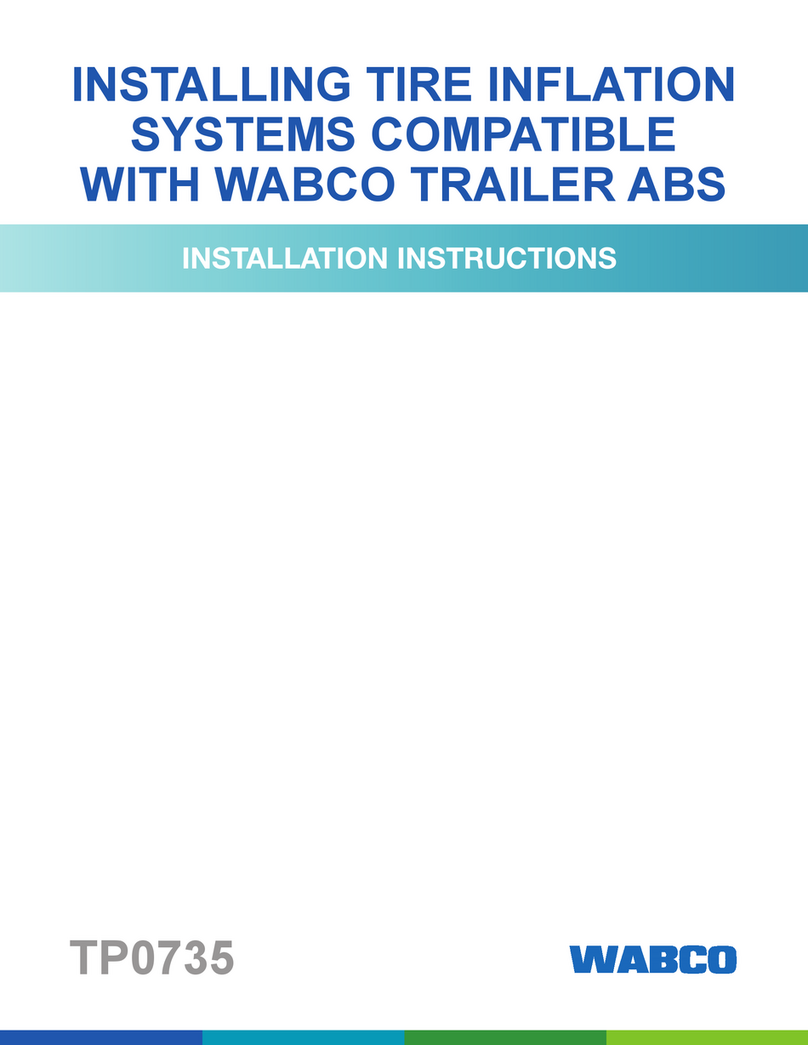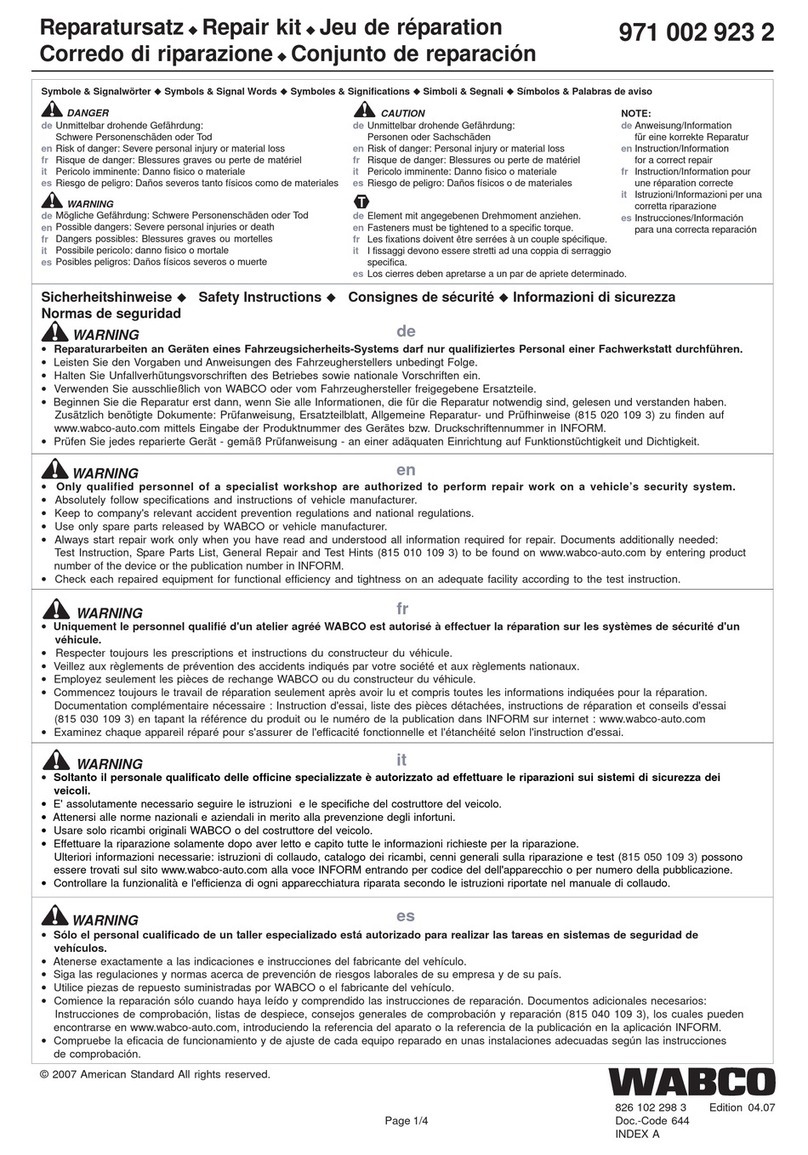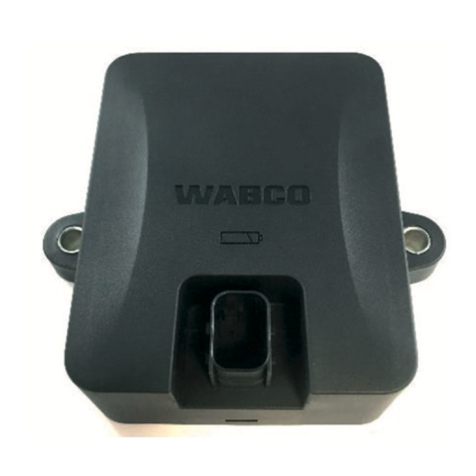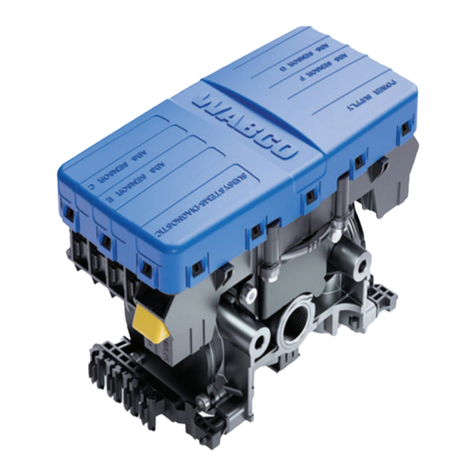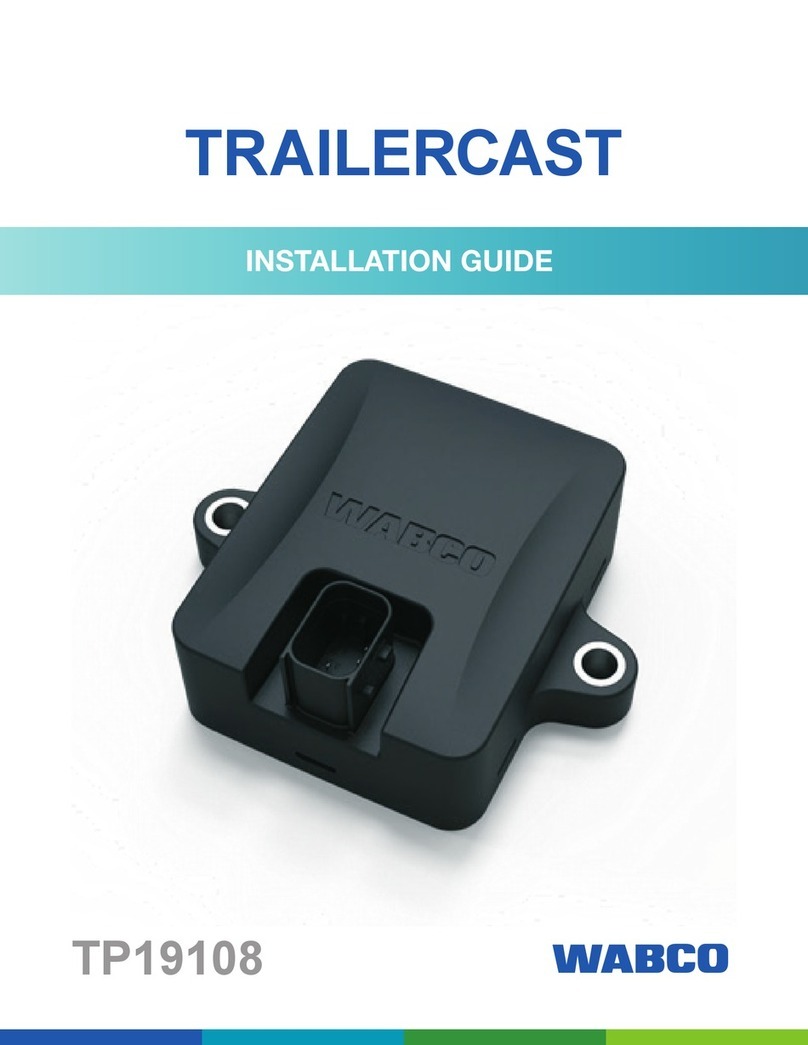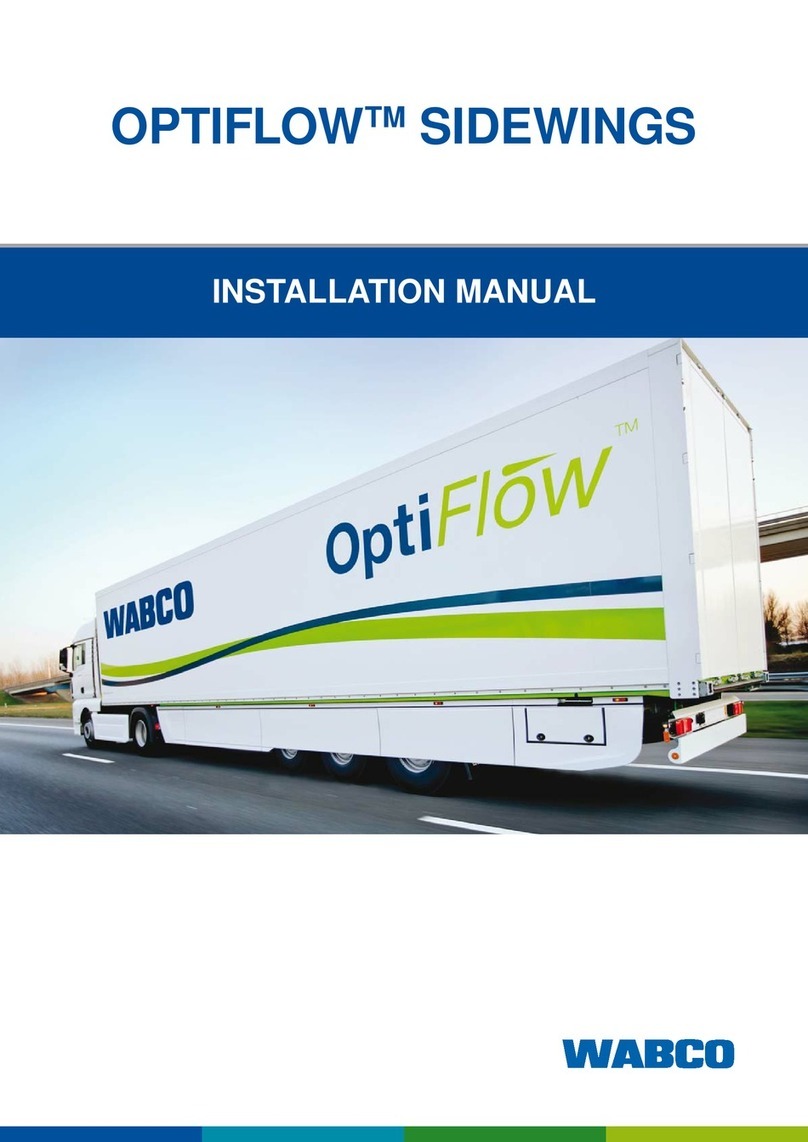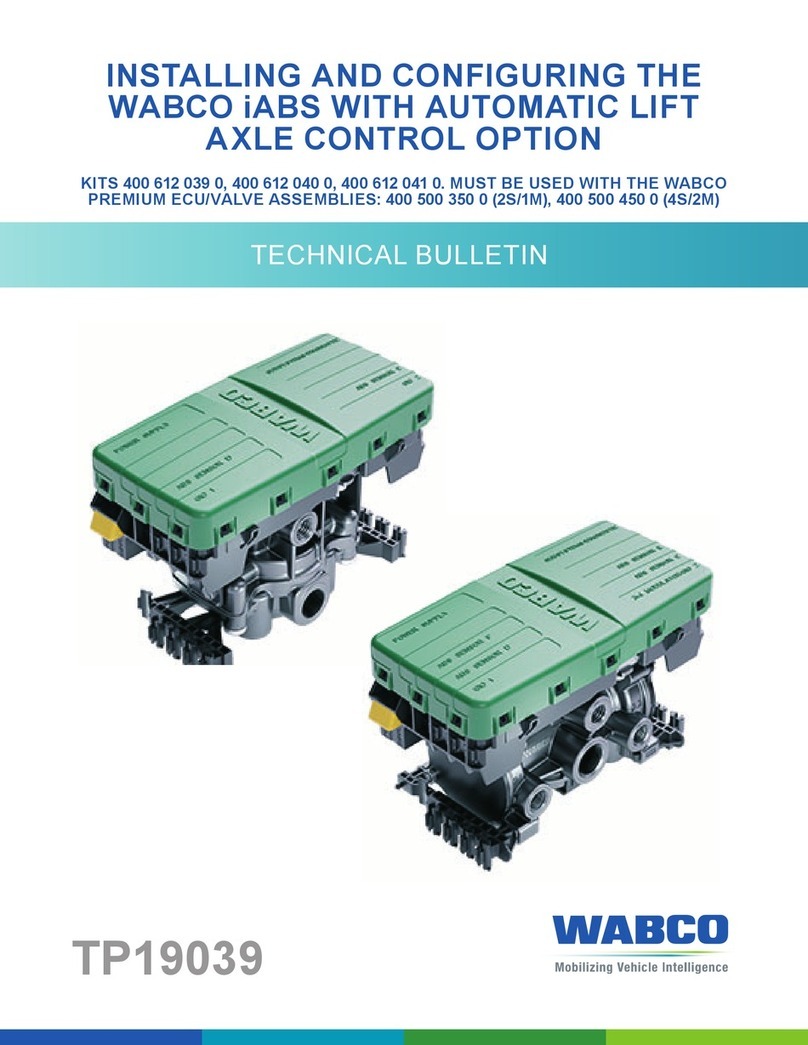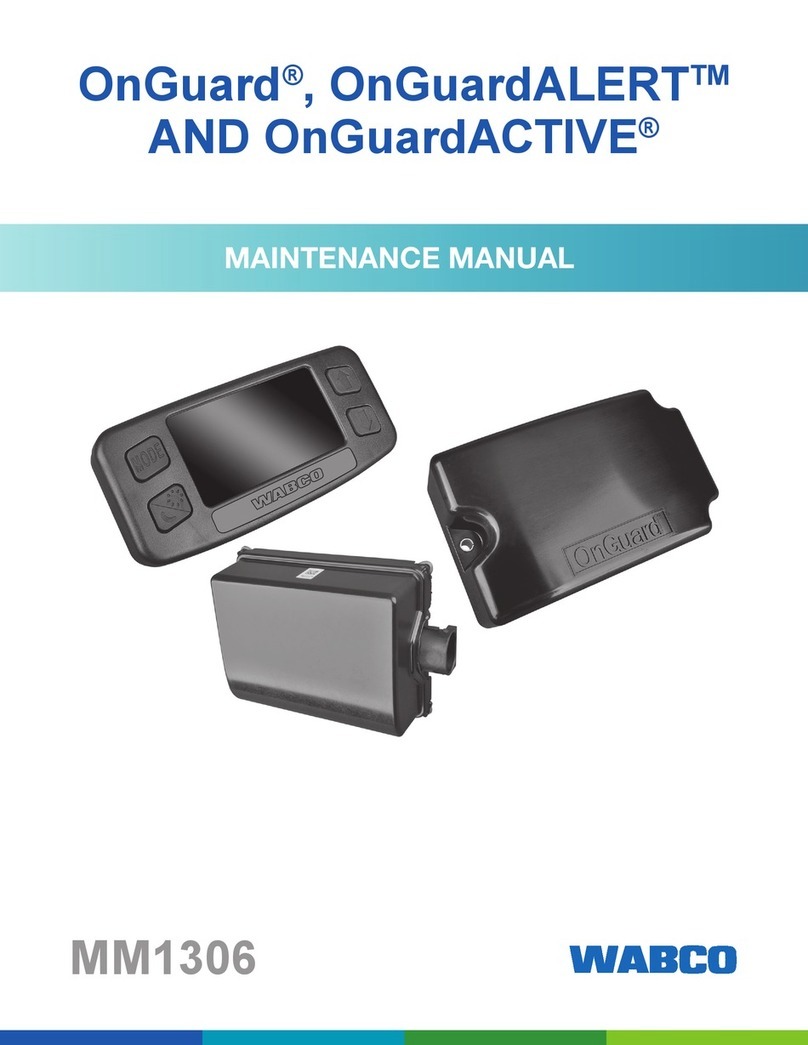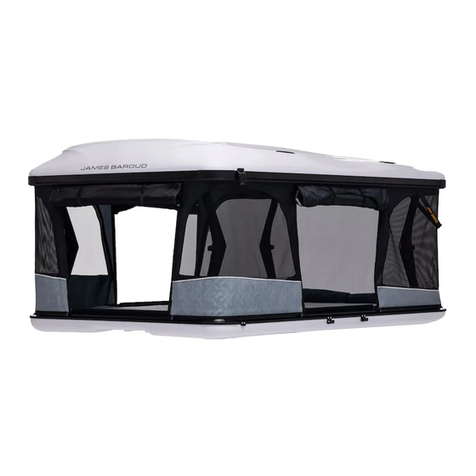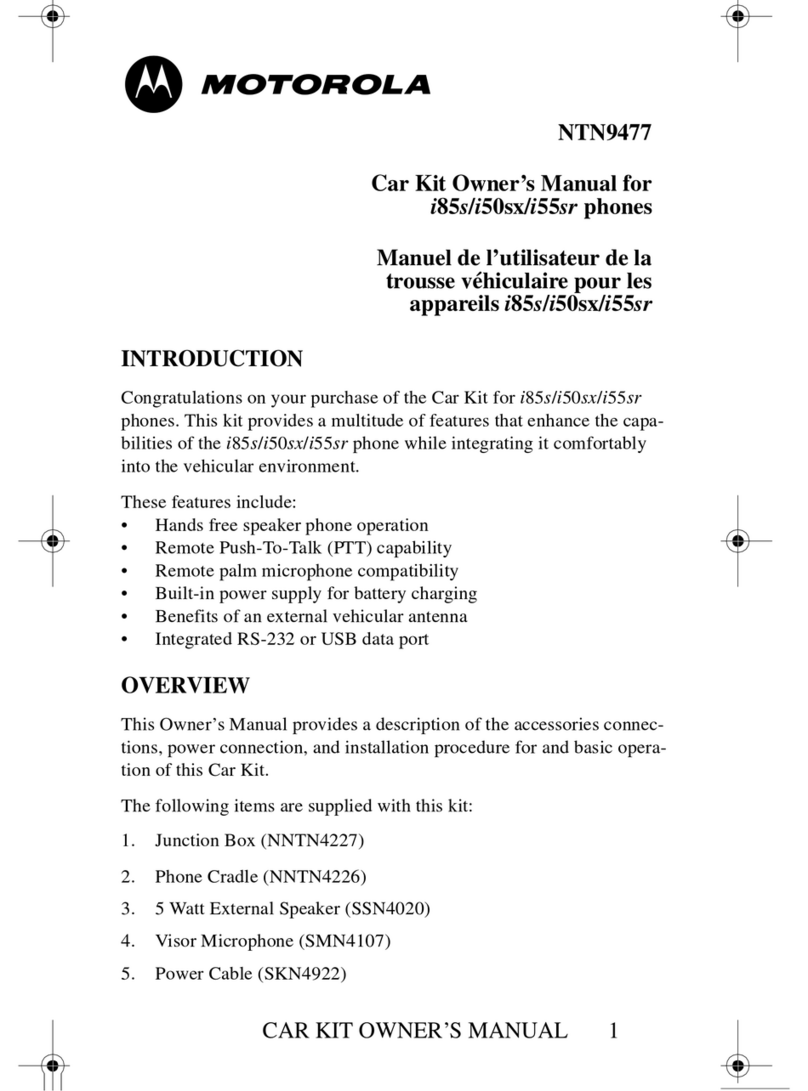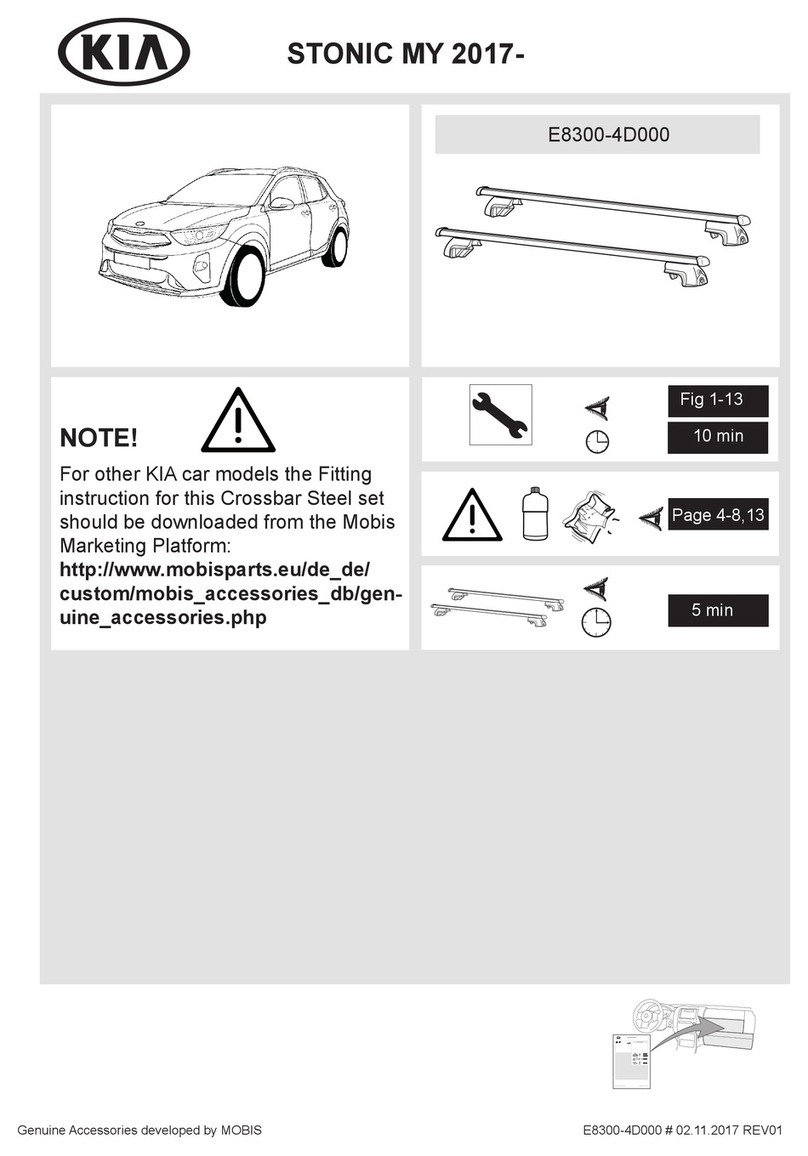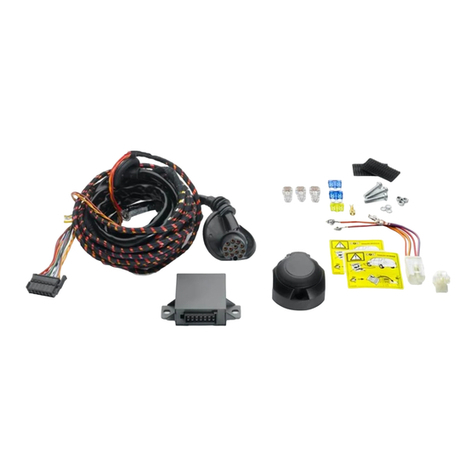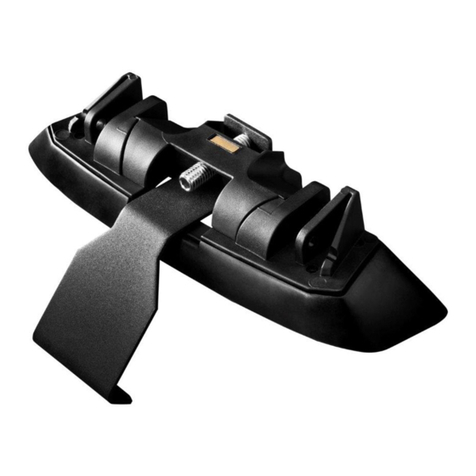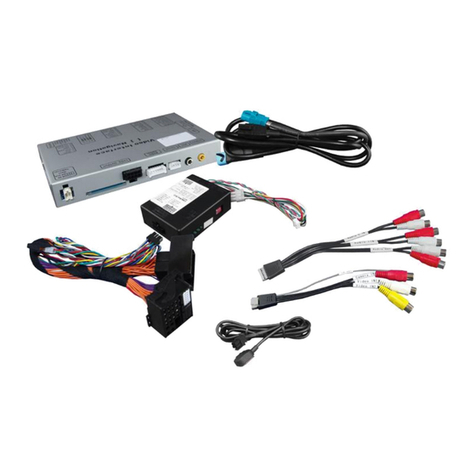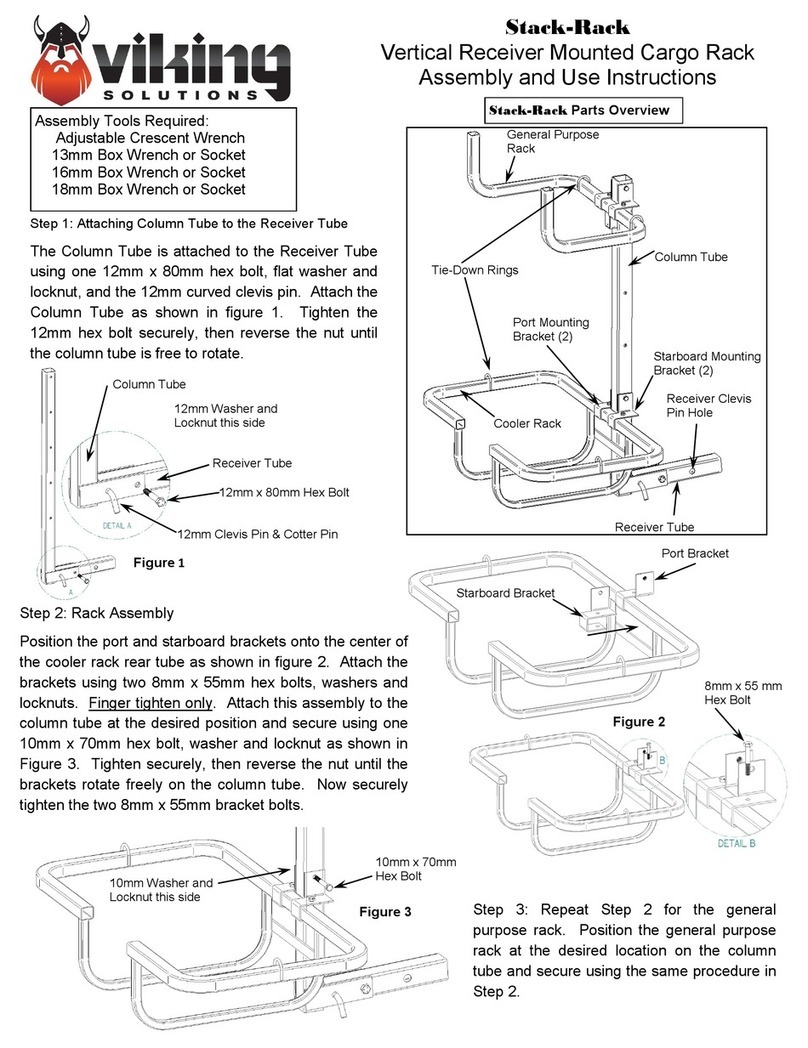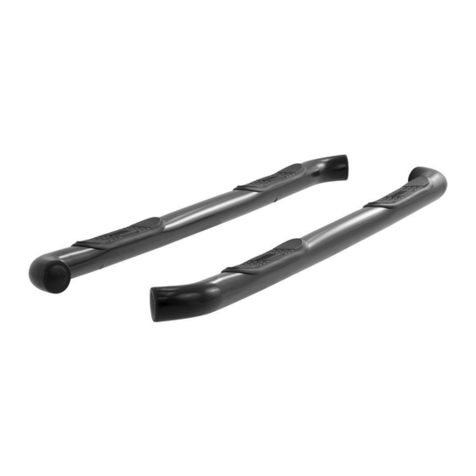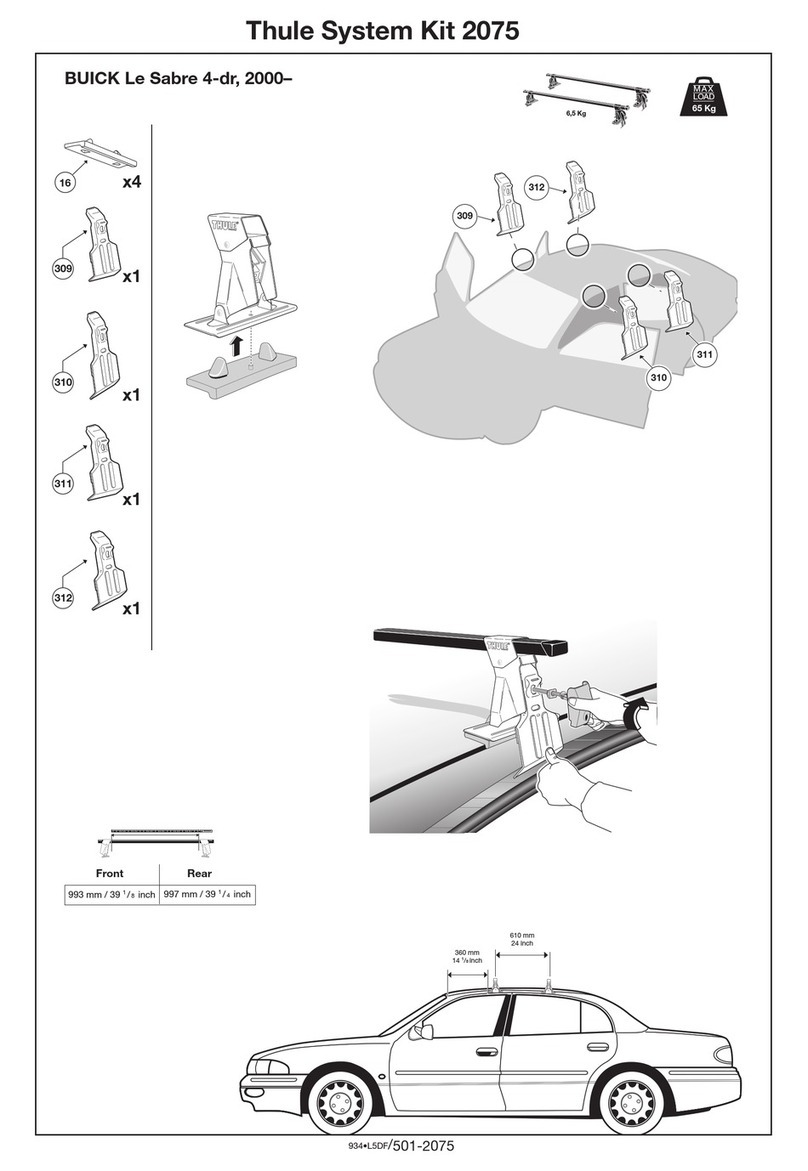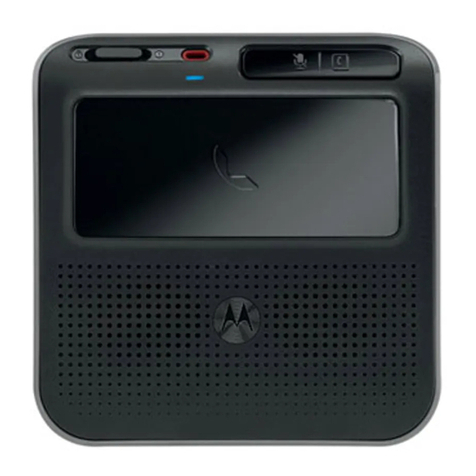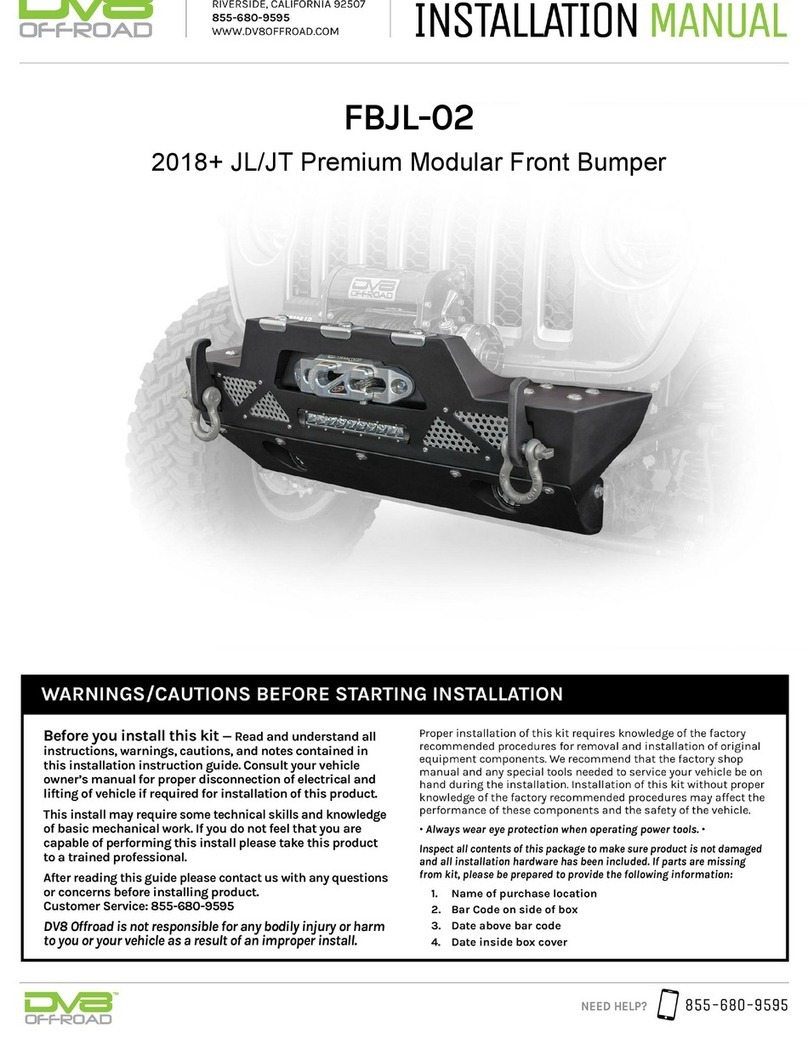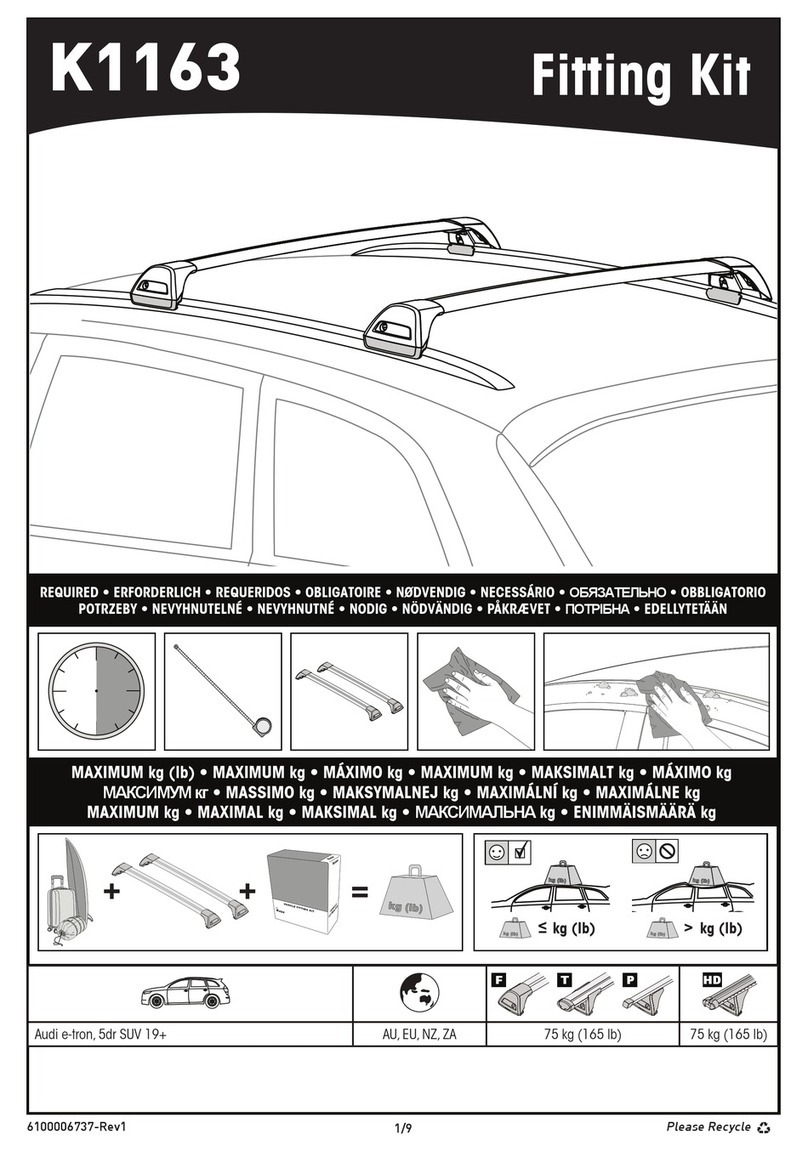6
System functions
IVTM
1.
Checks of the car fleets show:
Every second tire is under-inflated by more than
10 %.
Using of new IVTM system increases profitability :
• reduced fuel consumption due to lower rolling
resistance
• smaller tire wear owing to lower deformation
losses => longer tire life cycle
• Saving costs of manual tire pressure check
(up to 30 minutes for one vehicle)
• spare tire is not needed due to low probability of
rupture
=> higher vehicle load.
tyre pressure too low
IVTM warns driver about sneak pressure drop
early, i.e. before the tire could burst.
IVTM enhances safety of passengers, driver, vehicle and
traffic :
• The driver may react to sneak pressure drop
early and prevent up to 85 % of tire bursts.
• Additionally, properly maintained pressure in
tires ensures safe driving properties of vehicle
and short braking distance.
IVTM ensures travel efficiency:
• Prevents unnecessary delays and idle time.
• No backup vehicles/emergency actions needed
• Prevents loss of confidence from unsatisfied
customers and resulting drop of turnover.
Which types of pressure monitoring are
available?
Permanent tire pressure monitoring during driving could
be performed in several ways:
– direct tire pressure measurement
permanent on-line pressure monitoring is possible.
Extremely precise and effective, very expensive.
– direct tire pressure measurement with limit value
monitoring
not so precise.
– indirect tire pressure measurement
moderately expansive, not nearly as precise and
reliable. The pressure is calculated from drive slip,
measured by ABS turning sensors.
WABCO IVTM uses direct pressure
measurement and in comparison with systems
using ABS presents these advantages:
1. pressure monitoring during parking or before driving
start; diagnostics memory
2. able to distinguish uniform diffusion losses
3. fast detection of pressure drop, reaction time in order
of several seconds.
4. display of current tire pressure
5. higher precision
6. identification of leaking tire
7. measurement is not affected by driving on low quality
road
8. measurement is not affected by uneven vehicle
loading
Air pressure
in bar
records about tire pressure (rise)
VEHICLE
rear axle inside
TRAILER
3 axles
VEHICLE
front axle
The range of tire pressure oscillation for utility vehicles is far higher then for passenger car.


